Can a SOCOM 16 Stop a Bear Attack?

The scientific family name for the grizzly bear is Ursus arctos horribilis. When your disposition is so foul that supposedly dispassionate scientists put the word, “horrible” in your official trinomial taxonomic nomenclature, you know you are one seriously dangerous animal. For some context, a decent fish-fed wild male Kodiak brown bear can top out at 1,500 lbs.
The record was a gargantuan example named Clyde who lived in the Dakota Zoo in Bismarck, North Dakota. Clyde was about 10′ tall and weighed 2,400 lbs. in his prime. Right behind polar bears, Alaskan brown bears are the world’s second-largest terrestrial carnivores.
Alaska plays home to some 140,000 bears of all flavors. However, it is a really big place. In fact, if you split Alaska in half, Texas would become the third-largest state.
Despite the fearsome nature of these predators, the chances of your being eaten by one remain quite small. Between 1880 and 2015, there averaged 2.6 bear attacks on humans in Alaska per annum. From 2000 to 2017, that number was 3.8. Statistically speaking, you could stuff your pockets with chili and cram hot dogs in your ears before striking out on a rural Alaskan hike and probably still not end up as bear fodder. However, if the odds are one in a million and you’re that one, it didn’t really matter what the odds were. Amidst the expansive pantheon of potential ways to meet your maker face-to-face, being eaten by a bear is on the bad end.
What typically determines whether you live or die in the opening moments of a brown bear attack is the relative size of your skull and the animal’s jaws. If the bear can get his mouth around your nugget, he will pop your head like a grape. At least it won’t hurt long. If not, you just get scalped or have your face ripped off. Either eventuality seems suboptimal to me.
Technological Solutions
I lived in the Alaskan interior for three years back in the 1990s. I spent every free moment wandering about the bush. While there, I met two guys who had been mauled by bears while out doing exactly the same things I did. It pays to be prepared.
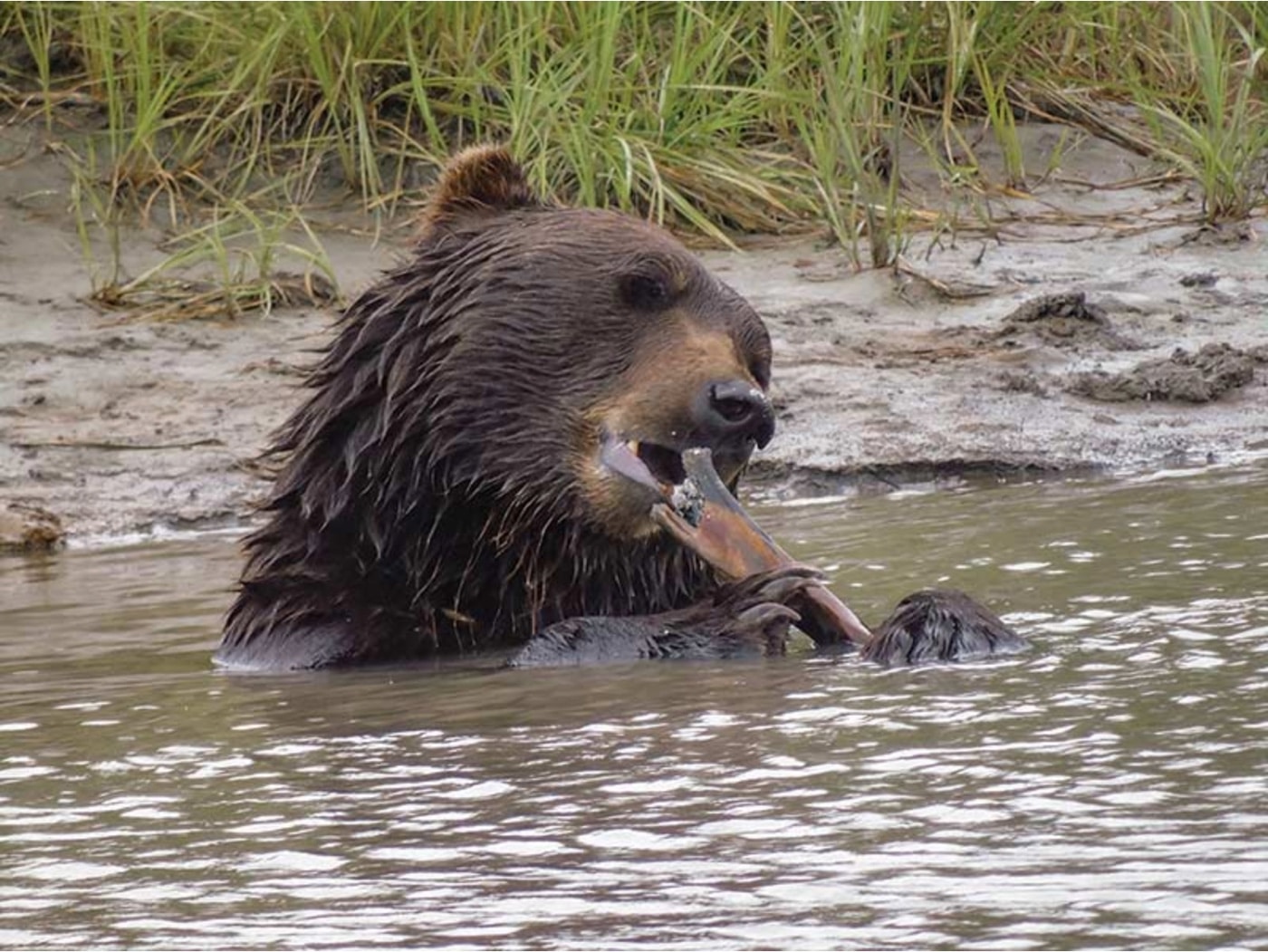
One helpful tongue-in-cheek public service announcement I saw posted in a public restroom extolled the virtues of wearing bear bells to alert the animals to your presence. It also recommended carrying bear spray for close-in defense. This poster then went on to helpfully explain how to differentiate between black and brown bears based upon their scat. The fake PSA claimed that black bear scat typically featured partially-digested seeds and berries. By contrast, the brown bear sort contained rusty bells and smelled strongly of pepper. Needless to say, whenever I left the confines of civilization, I carried a gun.
When first I arrived in Alaska I queried an older gentleman in my church about handgun selection for bears. He got a thoughtful look on his weathered face and said, “Son, caliber, barrel length, autoloader versus wheelgun, none of that matters — .22, 9mm, .357 or .44 Magnum, pick your poison. However, before you carry the gun into the field, you just need to take the piece to a reputable gunsmith and have him grind the front sight off.”
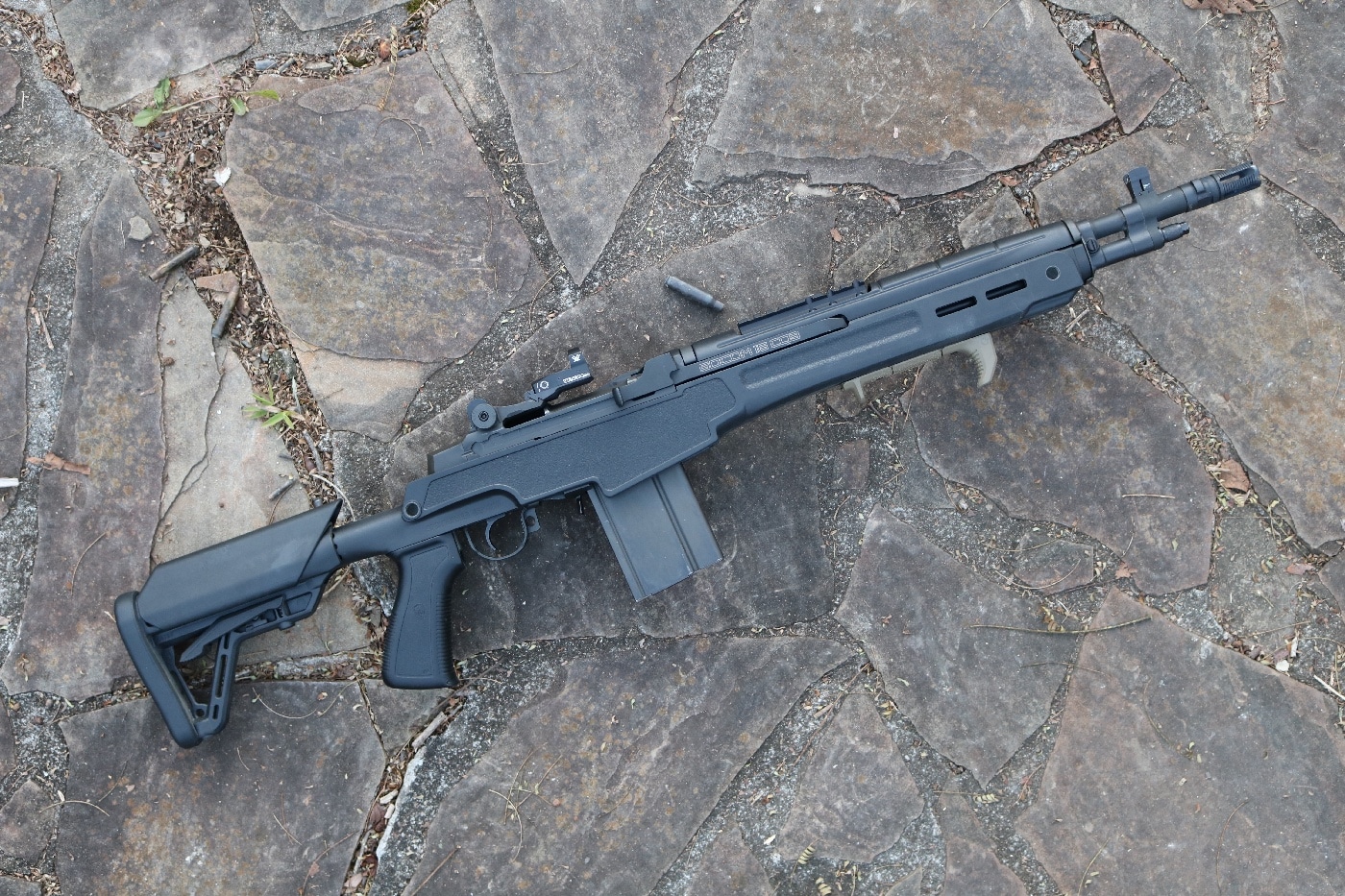
I figured this was to make the pistol fast in action, quick to aim, or something similar. When pressed for details, he said, “That’s so that when the bear takes your pistol away from you and shoves it up your butt, the experience is no more unpleasant than it needs to be.”
As a result, I opted for a homebuilt NFA-registered short-barreled slide-action 12-gauge stoked with sabot slugs. This DIY counter-bear tool was both compact and powerful. However, the one time I was actually packing that thing in the presence of a hungry bear, I still felt woefully under-armed.
War Story
My buddy and I had planned the trip into the Alaskan hinterlands for months. Part of that planning was ordnance. I had my DIY sawed-off shotgun. He packed a 12-gauge high-capacity riot gun. We drove until the road quit then launched our boat. We then cruised until the creek got too shallow to allow passage. By the time we ran out of steam, we were deep inside the Wrangell-St. Elias National Park.
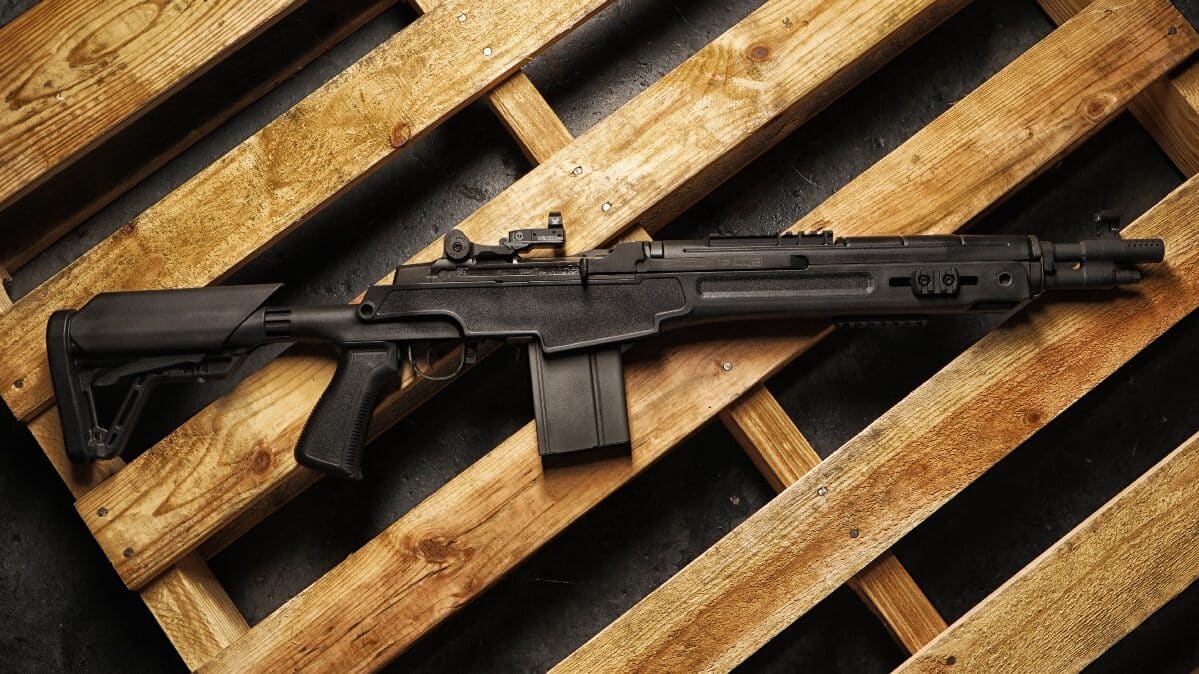
Every time we left the boat we found the riverbank covered in picked-over salmon remains. We had to abandon our first campsite when our recon uncovered a nicely aged moose carcass covered in claw marks cached nearby. This place was crawling with giant bears. The whole area smelled like a zoo.
This was late summer, and it never really got dark. My buddy and I were awakened at around 0200 by the sound of some absolutely massive animal thundering toward us through the woods. We snatched up our shotguns and cowered in our flimsy little tent.
An enormous momma moose and her calf charged by close enough to brush the tent wall, spraying us with a deluge of residual water from their recent fording of a nearby creek. A grown moose is as big as a horse, and these two shook the ground as they passed by at a gallop. We spent the rest of the evening crouched behind our weapons on guard against the bear that had been chasing them. Fortunately, he remained fixated on the moose rather than the two skinny humans hiding in the big green cloth sack.
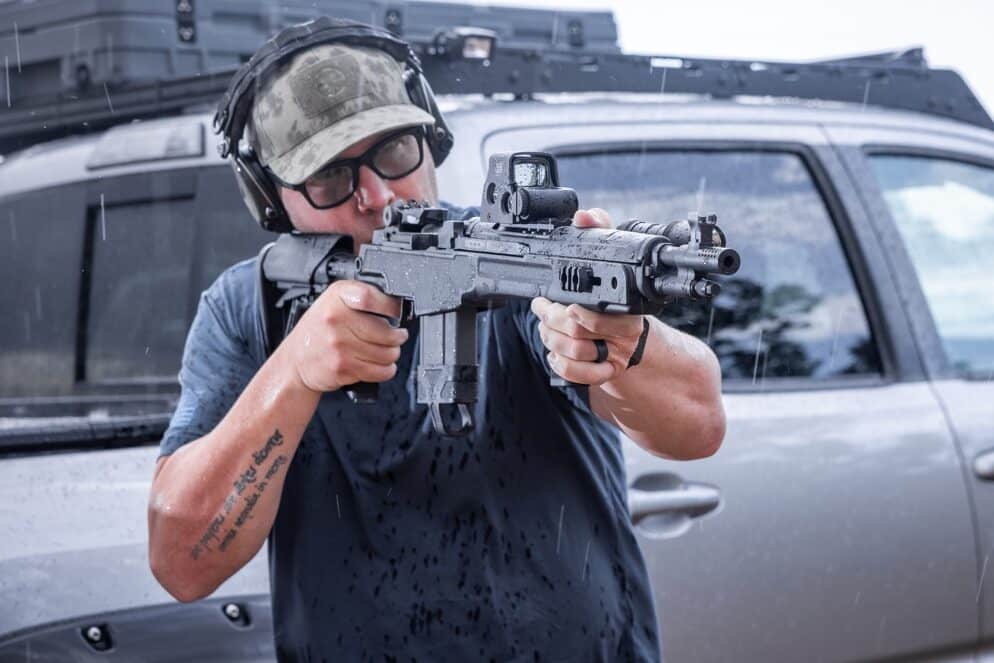
That made for a long night. Despite the undeniable power of the 12-gauge shotgun, I found myself wanting more — preferably something with an impact fuse and high explosive payload. That’s the moment I realized that the ideal practical bear gun was possibly a rifle.
Particulars
The rub has always been about balancing firepower against portability. A .25 ACP pocket pistol is easy to carry, but it is less than worthless against a 10′ furry omnivore that weighs half a ton. By contrast, a Ma Deuce .50 cal. on a ring mount will reliably do the deed, but I wouldn’t want to hump that beast while out fishing for arctic grayling. I would assert that the ideal man-portable bear defense gun is the chopped Springfield Armory SOCOM 16 CQB.
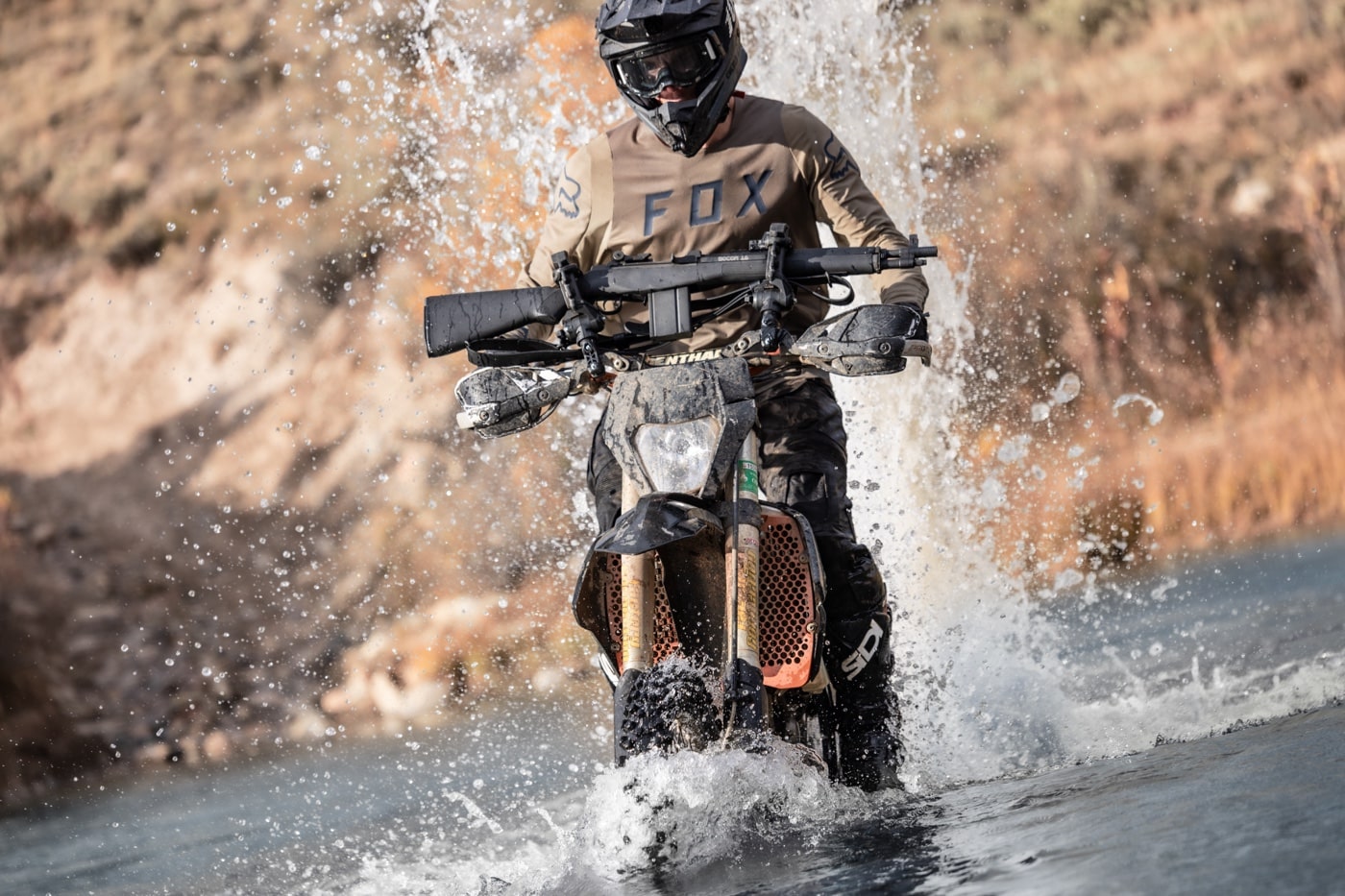
The 7.62x51mm round offers ample penetration, the most critical performance metric in any big game encounter. In fact, I’ve read that scumbag poachers in Africa often use .308 military rifles like the FAL and G3 to illegally kill elephant. A full box of top-quality .308 social bullets will have the potential to stop anything that walks.
The SOCOM 16 CQB weighs 9 lbs., 2 oz. empty and is 35.5″ long with the collapsible stock retracted. However, the gun is as reliable as the tides and easily accepts an optical sight. It also can pack 20 high-performance rounds onboard with the optional 20-round magazine. Managing a fly rod with that full-figured smoke pole over your shoulder would indeed be an undeniable chore. However, should you ever need to use it for real, that rifle would be more valuable than your house, your car and your 401k combined.
Ruminations
Chances are you will not be eaten by a bear the next time your wander off the highway in Alaska. However, odds are your house won’t burn down, either, yet we still all buy insurance guarding against just that eventuality. While we hope we never have to use our firearms, they are there if we face an unavoidable threat. If we knew something truly horrible was actually waiting for us out there, we’d just stay home and watch TV.
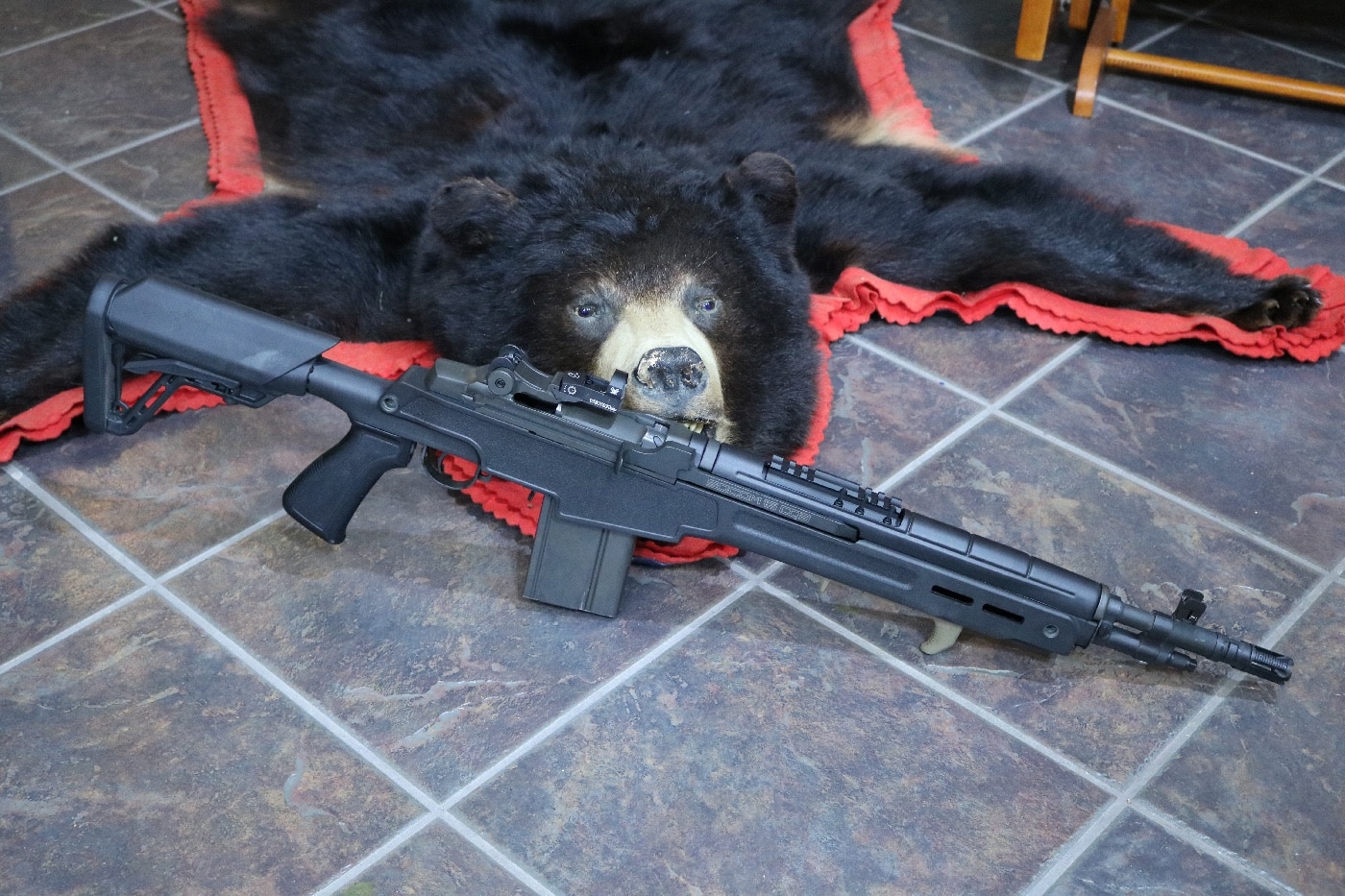
Large-bore revolvers are probably the most common bear defense guns used by folks in Alaska. However, these weapons make the cut not because they are effective but rather because they are convenient. If you feel like you really might get sideways with one of these massive grouchy monsters, then a compact .308 rifle with 20 rounds on tap is reliably good medicine. It would also bag most any game animal in North America. The Springfield Armory SOCOM 16 CQB certainly would make me feel more secure in that kind of situation.
Editor’s Note: Please be sure to check out The Armory Life Forum, where you can comment about our daily articles, as well as just talk guns and gear. Click the “Go To Forum Thread” link below to jump in!
Join the Discussion
Featured in this article
Read the full article here








